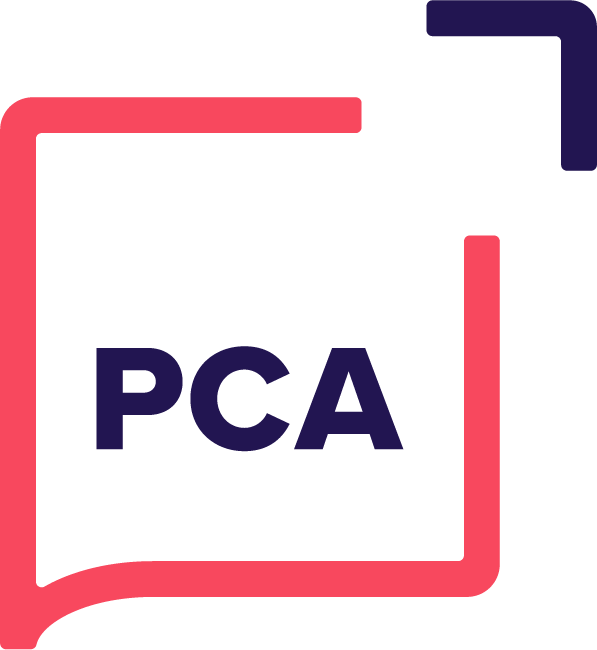Did you know that being told a story ignites the areas in our brain that we would use if we were physically experiencing the events of the story? If we are told about delicious foods, our sensory cortex becomes aroused. Or if its about motion our motor cortex becomes alive. When we “listen” to a monotone presentation – the only thing stimulated in our brains is the language processing part which spiritlessly converts words into meaning. Storytelling is like a Swedish massage for our brains; whereas the dreary presentation is like being poked with a stick.
Storytelling give us experiences
When we convey an inspiring story that has changed our way of life, we can have the same effect on our audience. Uri Hasson, Professor of Phycology and Neuroscience at Princeton explains that storytelling creates a powerful brain alignment between speakers and listeners. To study this alignment Hasson, using an MRI scan, imaged the brain activity of a lady and five volunteer listeners as she told them a personal story. The results showed, that during the story, the brains of the volunteers reflected similar activity to that of the speaker. “When she had activity in her insula, an emotional brain region, the listeners did too. When her frontal cortex lit up, so did theirs.” By simply telling a story, the woman could plant thoughts, emotions and even ideas into the listeners’ brains. This type of brain arousal is hard to replicate in other forms of communication; it appears storytelling really is the most engaging communication tool.
Ok, but why can storytelling do this to our brains
In its simplest form, a story is a description of cause and effect. Everything in our brain is looking for the cause and effect relationship of something we’ve previously experienced. This is simply how humans are wired. We constantly sense the world around us, explains Dr Robert Dalling in his book, titled The Story of Us Humans, From Atoms to Today’s Civilization – our brains are chemical and electrical machines that monitor the signals produced by the senses. Our neurons store the moment-by-moment collections of sensory information and search for cause and effect relationships between moments. Our neurons remember the experiences we have had with the rest of the world. Why? Because humans, like animals, live longer if each experience does not continue to be our first. Using past events to predict what is about to happen in a new situation has been integral to the survival of animals and humans since the birth of our existence. And, as social creatures we rely also on the experience of others for our survival; hence why our ears prick up during story-time.
Storytelling is a way of life
The human brain is hardwired for stories. Long before humans developed writing they passed down their history, culture and wisdom orally through stories. In fact, storytelling is common across the various cultures we live within. Every culture uses stories to connect, entertain or pass on wisdom. Science journalist, Jeremy Hsu found that “Personal stories and gossip make up 65% of our conversations.”. It is therefore unsurprising that neuroscience is finding that our brain reacts to a story in a particular way. From the words of Princeton’s, Uri Hasson – a story is the only way to activate parts in the brain so that a listener turns the story into their own idea and experience.
This article used the helpful information provided by
Thu-Huong-Ha for TEDBlog which you can read here and Leo Widrich for Buffer Social which you can read here
Written by Leila Mezoughi on behalf of PCA Law
